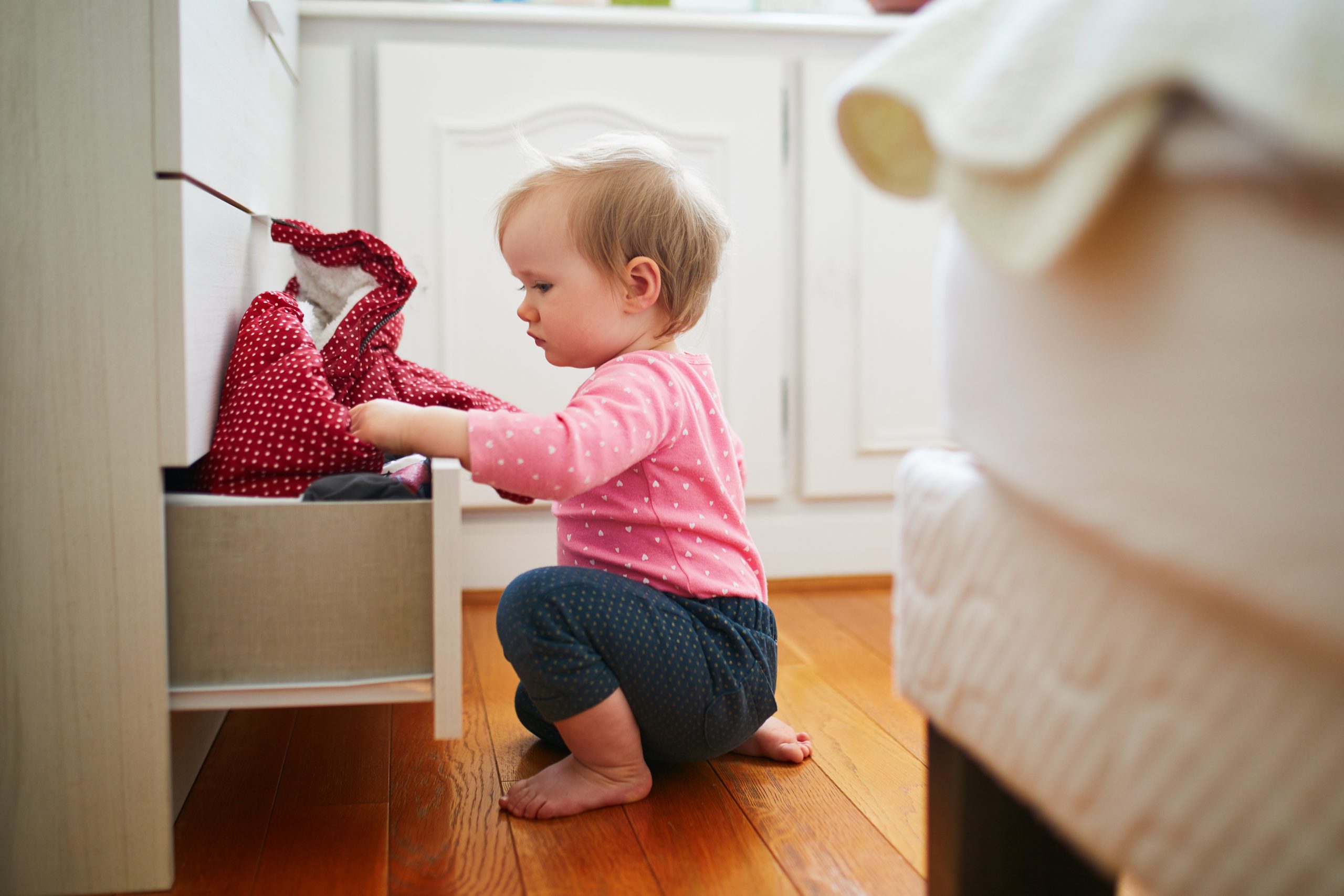Can our little adventurers protect themselves from the harsh world of electric sockets, sharp corners and high stairs? Unfortunately, not yet… New to the world of exploration, our children are filled with curiosity when they first start moving around on their own and want to experience everything by themselves. Their tiny, and not yet completely balanced steps are not precise enough to protect them from the sharp corners and dangerous outlets, and at this moment our precautions take the stage. How do we protect our babies, and keep their explorations going as happy and healthy as possible?
The Importance of Safety Products
A huge chunk of the preventable child injuries or deaths in a year are caused by household accidents, which shows us that it is a real threat to our children. Many risks and hazards are easier for us to navigate as adults, but not so much for our little ones who are new to this world. Your child won’t be able to recognise these things as dangers, so identifying possible safety hazards and creating safety in the warmth of your home is key to protecting your kid from unwanted incidents, and possible emergency visits to the hospital, keeping their smiles on their faces.
What is Babyproofing?
Little bundles of joy, children and babies are delights to have around you. However, having little people around comes with many responsibilities, and making the house into a safe space for them to discover is one of them. Once your little one is on the move, you may discover more safety hazards than you knew existed. As you look for ways to turn your house into a safe space for your baby, Babyproofing takes the stage. Babyproofing is the action of taking certain measures to keep your baby safe, whether by certain equipment, or certain changes in the routines.
When to Babyproof Your Home?
From day one it is important to have your eyes on your baby to ensure their safety, as each step of growth has its own set of challenges, so it is good to be aware of any babyproofing measures to take during each stage. Some parents start babyproofing during pregnancy as a precaution, while others wait until the baby is born. We would say that is wise to begin early rather than putting it off. Once your baby starts to crawl, everything happens so fast and you will always need to take extra steps to ensure their safety. It might not be like that for you, but for them, the whole house is a playground!
High-risk Zones to Babyproof
- Water: bathrooms, kitchen, pools, hot tubs
- Heat or flames: Kitchen, fireplaces, grills, power outlets
- Toxic substances: Under the kitchen sink, medicine cabinet, garage or garden shed, litter bins, any place with electrical appliances
- Falling hazards: stairs, slippery floors, high windows or balconies, tipping furniture
Tips for Babyproofing Your Home
- 0-12 months: At this stage, our little ones slowly start to sit up, roll over, crawl, and attempt to stand by pulling themselves up. Considering their sitting up and crawling height, sharp corners of furniture, power outlets, small objects on the floor, stairs and cribs can pose threats to their health. Using socket covers and corner cushions, and securing heavy furniture to prevent tipping can prevent many unwanted accidents. Keeping small objects on high ground and out of reach so they do not swallow, and installing safety gates at the top and bottom of stairs to prevent falling hazards help keep the household safe and happy. For little babies, to provide a safe sleeping environment, it is important to ensure that the crib mattress is at the appropriate height and there are no pillows, blankets or toys in the crib.
- 1-3 years: At this stage of their life, we start to see our children walking, climbing even, and exploring their environment on new levels. At this stage, cabinet locks and drawer locks, window locks and door locks can hold many risks. Along with opening storage units, they start to investigate what is inside those as well and especially with cleaning and medicine cabinets, poisoning becomes an extreme threat for our little ones. Installing guards, locks and latches, or door knob covers to prevent access to certain rooms, helps prevent many accidents and hospital visits. At the same time, to reduce the risk of poisoning to zero, storing medication, cleaning substances, or any other toxic substances out of reach and locked away is important. However, if the unwanted happens and your child’s health is at risk, immediately consult a doctor and show them the label of the substance.
- 3-5 years: These years come with extreme levels of curiosity. As they improve their fine motor skills, their curiosity and problem-solving skills are enhanced, and suddenly your child is doing everything everywhere all at once. To prevent anything from happening as your kid runs around the house, playing and asking about everything, continuing to use safety gates to block their access to dangerous areas such as kitchens and stairs helps with many preventable child injuries. At the same time, teaching your children about fire and water safety, keeping alliances that are fire or drowning hazards out of their reach, and supervising them around bodies of water or using door locks or alarms on doors that lead to bodies of water make room for more good and healthy memories instead of accidents. This age gap is the time when their curiosity peaks, and they might get curious about sharp objects as well. Keeping tools, appliances and sharp objects always out of their reach and under close supervision is just as important as the rest to protect your little adventurer.
Be Prepared
Unfortunately, the right equipment is never enough to ensure that your child is completely safe from any harm. Keeping your kids under supervision all the time is the first step after proofing your home. It is better to be safe than sorry, and here are a couple more recommendations to keep our little ones happy and healthy:
- Learning first aid, including CPR and age-appropriate Heimlich manoeuvre.
- Keep important phone numbers in a location easy to find, including paediatricians and caregivers, local police and fire agencies, parents’ phone numbers, neighbours and relatives.
- Create a fire escape plan, and practice at least twice a year, with different ways out of your home.




